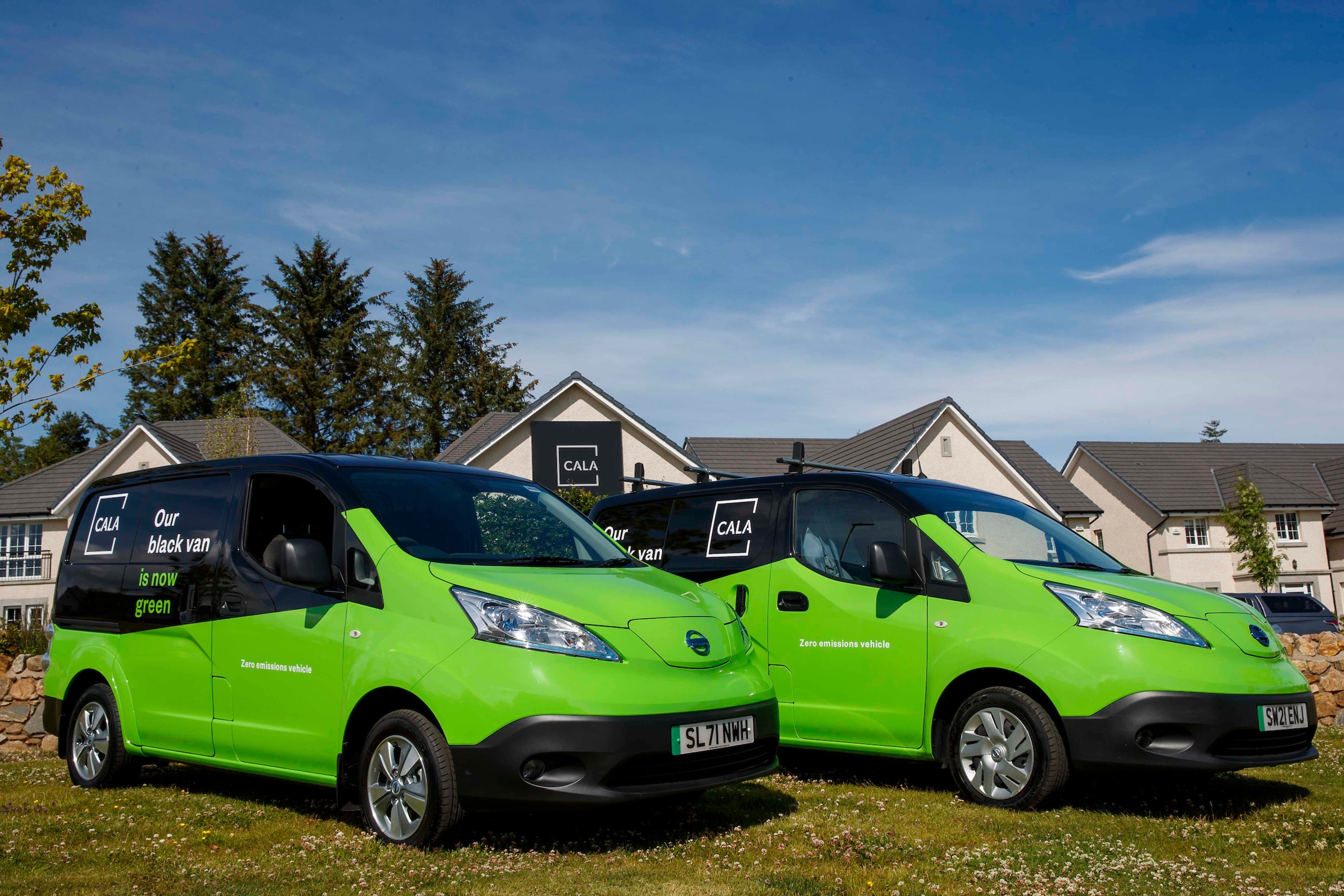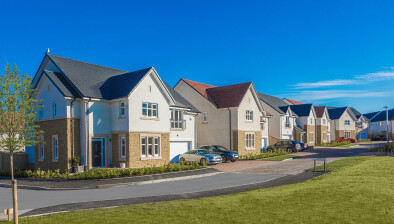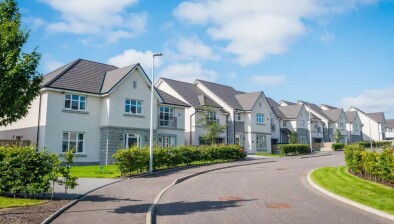Cala has net zero targets validated by SBTi

Near and long-term emission reduction targets initiated by Cala Group have been approved by the Science Based Targets initiative (SBTi) under its Buildings Sector criteria.
The new targets represent another significant step towards the housebuilder’s net zero goals, having detailed its recent progress this summer.
Cala has committed to achieving net zero greenhouse gas emissions across the value chain by 2045, through the following targets:
Scope 1 and 2 emissions: Includes energy and fuel used in Cala offices, on its building sites, and in its vehicles.
- Near-term target: Reduce absolute scope 1 and 24 greenhouse gas emissions 63% by 2035 from a 2023 base year.
- Long-term target: Reduce absolute scope 1 and 2 greenhouse gas emissions 90% by 2045 from a 2023 base year.
Scope 3 emissions: Upfront embodied carbon refers to the emissions ‘locked into’ the building materials used in homes and on developments. Separately, the Scope 3 other emissions target includes those from business travel, from treatment of construction and office waste, and from the lifetime operational use of homes.
Near-term targets:
- Reduce upfront embodied scope 3 greenhouse gas emissions of new buildings, covering capital goods (emissions from the materials, and their transportation, to build new homes), 71.7% per sqm by 2035 from a 2023 base year.
- Reduce scope 3 greenhouse gas emissions from waste generated in operations, business travel and use of homes by 66.4% per sqm of developed floor area over the same period.
Long-term targets:
- Reduce upfront embodied scope 3 greenhouse gas emissions of new buildings, covering capital goods, 96.8% per sqm by 2045 from a 2023 base year.
- Reduce scope 3 greenhouse gas emissions from purchased goods and services, waste generated in operations, business travel, use of homes and end-of-life treatment of homes by 97% per sqm of developed floor area within the same timeframe.
Cala has also committed to installing no new fossil fuel equipment that is owned or financially controlled by Cala in its buildings portfolios (new homes and office premises) from January 1, 2030.

Kathryn Dapré
Kathryn Dapré, head of sustainability at Cala, said: “The validation of Cala’s own, independent SBTi-verified targets under the Buildings Sector criteria marks another important step in our sustainability journey, confirming that our ambitions meet the rigorous standards required for our industry and align with the goals of the Paris Agreement.
“We have already made significant progress towards these goals, laying strong foundations in recent years that our new targets will build on. Achieving validation from SBTi reaffirms our commitment to driving meaningful change in how we operate our business and how we design and deliver our homes.
“Our continued success reflects the dedication of teams across our business, and we look forward to delivering on targets that are both science-based and more closely aligned with our sector.”
Cala recently announced progress across its sustainability efforts in the year ending December 31 2024, including the reduction of scope 1 and 2 emissions by almost 39% since 2021. All developments going through planning from January 1 2024 were fossil-fuel free, and almost 41% of homes were built using timber frame.
The housebuilder also made significant progress in other sustainability areas, including installing an estimated 5,000 nature-supporting features in and around new homes over the year, and diverting 99.9% of construction waste from landfill, with construction waste intensity falling by 18.8% since 2021. The Community Pledge initiative has also provided meaningful support to more than 50 local communities in the areas in which Cala builds since launching in 2023, over and above the housebuilder’s planning obligations.







